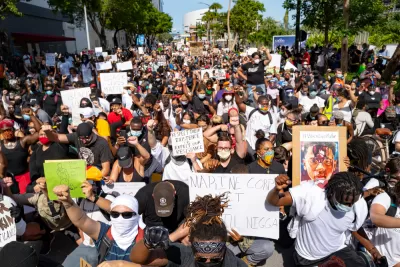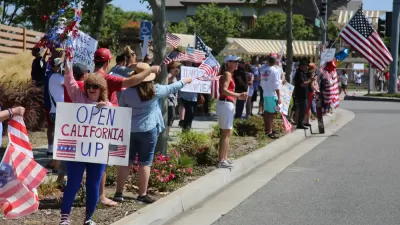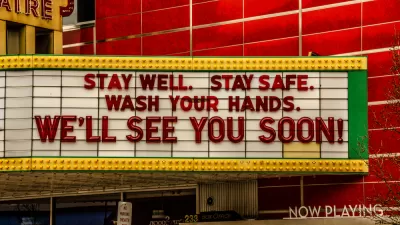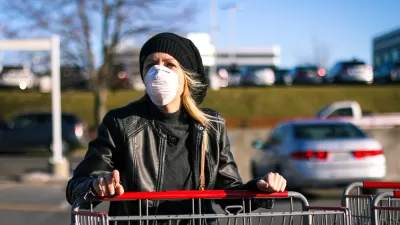While not conclusive, evidence suggests that relatively few transmissions of the coronavirus occurred during the widespread protests that followed the death of George Floyd due to the outdoor settings, being in motion and wearing of masks.

"Now, some public health officials and disease trackers say there appears to be scant evidence the protests sparked widespread outbreaks," reports "Others say that because many states reopened about the same time as the protests, and because of the limits of contact tracing, they simply can’t say for sure."
In other cities, officials were less willing to dismiss the potential role of the demonstrations. Other activities and events are also recognized as contributing to the surge.
On the other hand, actual documentation exists for what are called superspreading events or activities that are largely indoors, such as a church choir practice in Skagit County, Washington, events at a synagogue in New Rochelle, N.Y. and a cult church in Daegu, South Korea.
“While outdoor transmission is certainly possible, it does seem like it happens less frequently and that’s one of the reasons why: Your exposure is going to be higher indoors,” said Angela L. Rasmussen, a virologist at Columbia University.
Related in Planetizen:
- COVID's New Demographic, June 29, 2020
FULL STORY: Protests probably didn’t lead to coronavirus spikes, but it’s hard to know for sure

Study: Maui’s Plan to Convert Vacation Rentals to Long-Term Housing Could Cause Nearly $1 Billion Economic Loss
The plan would reduce visitor accommodation by 25,% resulting in 1,900 jobs lost.

Alabama: Trump Terminates Settlements for Black Communities Harmed By Raw Sewage
Trump deemed the landmark civil rights agreement “illegal DEI and environmental justice policy.”

Why Should We Subsidize Public Transportation?
Many public transit agencies face financial stress due to rising costs, declining fare revenue, and declining subsidies. Transit advocates must provide a strong business case for increasing public transit funding.

Paris Bike Boom Leads to Steep Drop in Air Pollution
The French city’s air quality has improved dramatically in the past 20 years, coinciding with a growth in cycling.

Why Housing Costs More to Build in California Than in Texas
Hard costs like labor and materials combined with ‘soft’ costs such as permitting make building in the San Francisco Bay Area almost three times as costly as in Texas cities.

San Diego County Sees a Rise in Urban Coyotes
San Diego County experiences a rise in urban coyotes, as sightings become prevalent throughout its urban neighbourhoods and surrounding areas.
Urban Design for Planners 1: Software Tools
This six-course series explores essential urban design concepts using open source software and equips planners with the tools they need to participate fully in the urban design process.
Planning for Universal Design
Learn the tools for implementing Universal Design in planning regulations.
Smith Gee Studio
Alamo Area Metropolitan Planning Organization
City of Santa Clarita
Institute for Housing and Urban Development Studies (IHS)
City of Grandview
Harvard GSD Executive Education
Toledo-Lucas County Plan Commissions
Salt Lake City
NYU Wagner Graduate School of Public Service





























